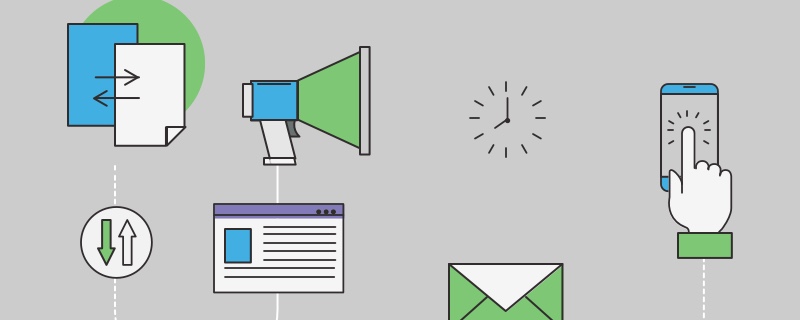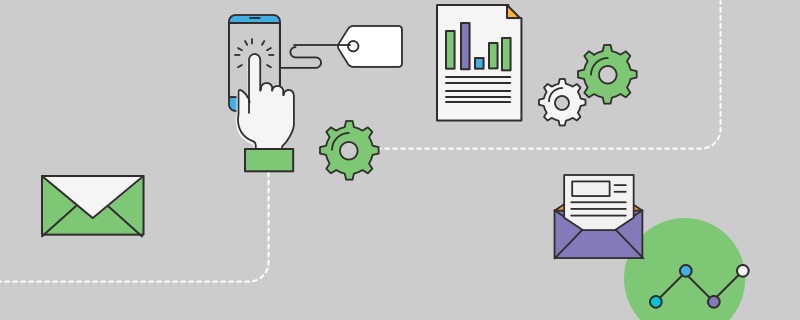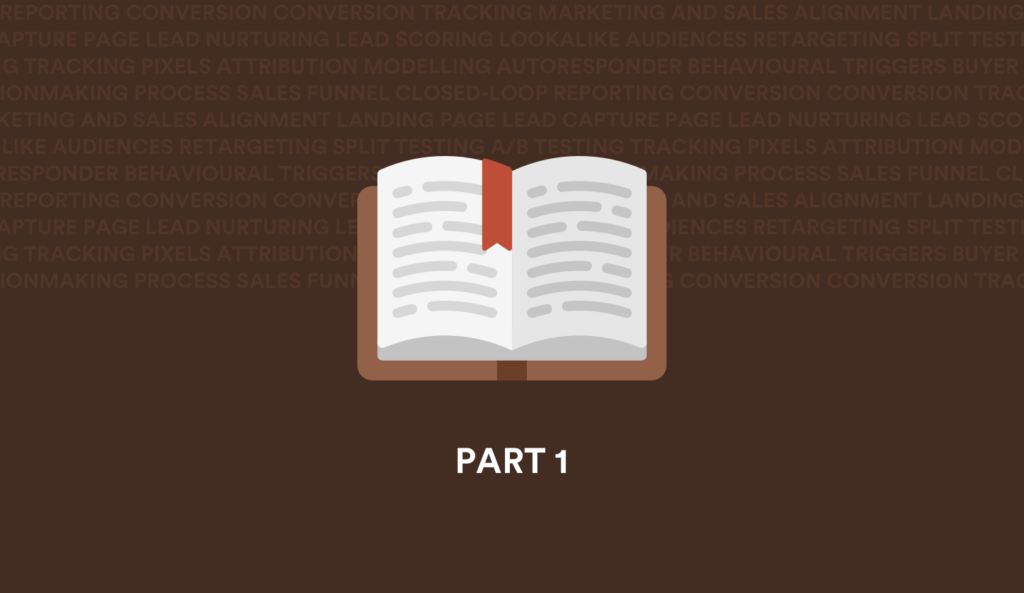BLOG
Digital Marketing Glossary for Property
On the Social Garden Property Group blog, we delve into a host of digital marketing strategies, across digital platforms, marketing theory and technology. We love discovering new developments in the space, and we want to bring you along for the ride.
Part 1 of our Digital Marketing Glossary has been designed to give you the insights for a deeper understanding of revenue performance management in the context of property development. The following are our frequently asked about terms. Later editions will delve further into digital marketing concepts.
Attribution modelling
Attribution modelling is used to measure the overall impact of your communication with customers. Its overall goal is to find what piece of marketing is converting your prospect into a customer and how much revenue was generated as a result.
Autoresponder
The autoresponder is the email that is sent to a prospect directly after they have opted in for a download. The autoresponder email generally contains the download. Additionally, if the autoresponder email is sent from marketing automation software and is subsequently opened by the prospect, the prospect will be cookied and we can begin tracking them.
Behavioural triggers
Behavioural triggers are set up in marketing automation software to respond to specific actions and browsing behaviour taken by prospects. These are usually in the form of emails that directly respond to the web page(s) that a prospect has been visiting.
Buyer cycle/Decisionmaking process/Sales funnel
Any version of this funnel depicts the way a lead moves through their research towards making a purchase decision. It generally begins with an awareness stage, moving into interest, consideration, intent, pre-purchase evaluation, deposit, post-purchase evaluation and settlement.
Closed-loop reporting
As the name suggests, the big idea behind closed-loop reporting is to close the loop – that is, utilising insights gained from campaign results to set goals, make predictions and improve the effectiveness of future campaigns.
Closed-loop reporting also supports the alignment between Sales and Marketing, promoting the teamwork that is needed to better understand how leads move through to sales, why pushback happens, and which areas need to be reassessed in order to generate more revenue.
Furthermore, implementing this style of reporting can mean visibility into conversion assists, which can be classified as influential engagements impacting the buyer’s decision.

Conversion
Conversions (or leads) are the amount of people that completed the action on the lead capture page by filling in the form.
Conversion tracking
Using a specific script on our landing pages, we are able to track what happens to the lead after they click on our advertising. As such, we can gauge the amount of leads that go through the landing page and ultimately complete the form and convert.
Marketing and sales alignment
Marketing and sales alignment is the process of bringing your two teams on the same page.
Landing page/lead capture page
A lead capture page is a specific web page outside of your main website that serves a single conversion goal: to capture prospect information. As such, the lead capture page should not contain any opportunities to navigate to your main website.
Lead nurturing
Lead nurturing is the process through which marketers provide leads in the sales funnel with more information about products and services. The idea is to remain in contact with a lead and guide them towards the buying stage of the sales funnel.
Lead nurturing is described as streams, tracks or sequences, as they are a progression of information. Within each stream/track/sequence, is one general idea or action that is being presented to leads.

Lead scoring
To lead score is to determine what factors indicate that a lead is ready to buy, and assign scores based on how much your lead matches those criterias. The factors can be either explicit data that is collected from forms, or implicit data that is collected through web browsing behaviour.
Lookalike audiences
The logic behind lookalike audiences is that collectively, the characteristics of your past and existing customers are the same or similar to those of your potential/future customers.
As such, by uploading your database of customers, Facebook can match email addresses to the users on the platform. Facebook can then scrape information about these customers and find users that would be most receptive to your advertising. These are users with the same or similar characteristics, such as age, location, life stage and Likes.
Retargeting
Retargeting enables you to send advertising messaging to people who have previously failed to convert on your website or landing page. There are various platforms on which to retarget, including the Google Display Network and Facebook.
Split or A/B testing
Split testing, otherwise known as A/B testing is the process of identifying an element on your lead capture page that could impact conversion rates, and duplicating the lead capture page to test if an alternative version of this element will increase said conversion rates. These elements might include design, imagery and copy.
Split testing is crucial for validating any potential changes on the lead capture page.
Tracking pixels
Tracking pixels are placed on all of the pages of your website to cookie visitors to the site, and track which pages they are clicking. These provide incredible insights into how people are navigating the site, where they enter and where they drop off. From there, you can optimise the structure and content of your web pages to ensure that users complete your desired action e.g. opt in for a callback.











